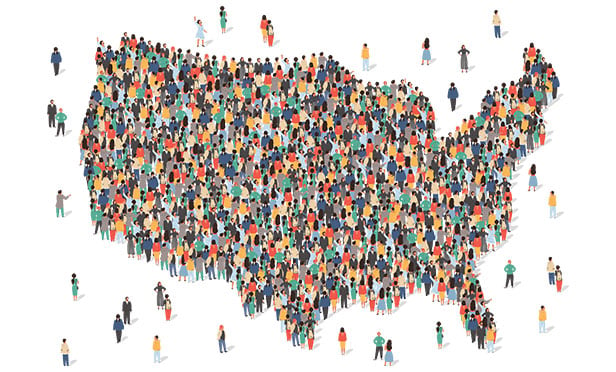Of the 80,000 jobs added this month, women gained 66,000 of those as well as 136,000 jobs in August and September, compared to men's gain of 126,000 during that time period, according to the Bureau of Labor Statistics' most recent data.
Based on these figures, the Institute for Women's Policy Research shows that the job gap between men and women fell from 1.6 million jobs to 1.5 million jobs.
BLS numbers also reveal that the unemployment rate for women ages 16 years and older dropped two-tenths of one percentage point, from 8.7 percent to 8.5 percent. This figure for men of the same age range, however, grew from 9.4 percent to 9.5 percent. Among women who manage families without spousal support, the unemployment rate dropped from 12.4 percent to 12.3 percent.
Recommended For You
Of the 6 million jobs men lost between December 2007 and January 2010, when their employment began to grow, they have regained 30 percent or 1.8 million of those jobs, yet women have only regained 17 percent or 465,000 of the total jobs they lost between December 2007 and September 2010, which marked the trough for women's employment. While the jobs recovery is slow for both sexes, men appear to be recovering more quickly than women.
"Today's numbers are welcome news for women," says Dr. Heidi Hartmann, president of IWPR and a labor economist. "But women are still lagging in the recovery when compared with men, and, really, job growth has been extraordinarily slow for both women and men. The slower growth for women, in part, reflects the past year's job losses for women at the state and local government level.
"Federal assistance to state and local governments could really help women. Men are outpacing women in job growth in just about every sector. Only health care continues to show substantially more job growth for women than men."
"Because so many women support children on their own and because they earn less, women are still suffering from substantial hardship, long after the overall recovery supposedly began," says Dr. Jeffrey Hayes, senior research associate at IWPR.
In fact, according to a new report from IWPR, both women and single mothers are struggling through more hardship in the recovery than men, as they are more likely than men to have fallen behind on their bills, rent or mortgage. Another 27 percent of women, compared to 21 percent of men, say they went hungry in the last year. Forty-five percent of single mothers are also more likely than married parents at 38 percent 38 percent to not visit a doctor, and 43 percent of single mothers did not fill a medical prescription, compared to 29 percent of married parents, because of the high costs.
"Discrimination should not be ruled out as a reason for women's higher share of layoffs and slower hiring in nearly every industry," says Dr. Barbara Gault, vice president and executive director of IWPR. "We know women earn less in the same jobs and tend to work in lower paying jobs while men get the better pay. Despite jobs progress for women in the past three months, the 'mancession' is still shaping up as a 'he-covery' so far."
© 2025 ALM Global, LLC, All Rights Reserved. Request academic re-use from www.copyright.com. All other uses, submit a request to [email protected]. For more information visit Asset & Logo Licensing.







